In our region, Motorola is arguably Samsung's biggest outsider in the foldable smartphone space. Even before the announcement of the Galaxy Z Flip7 and the Xiaomi Mi Flip 2, the Lenovo subsidiary is occupying the field with the Razr 60 and Razr 60 Ultra. They are positioned as a significant upgrade from their predecessors, the Razr 50 and Razr 50 Ultra.
A sculpted design and enhanced durability
The new series is distinguished by its "sculpted silhouettes" and Pantone-signed finishes, presenting itself as a true style statement. Both models share a similar design, using premium materials such as soft Alcantara, FSC-certified real wood, textured leather, or satin and textile finishes, offering a premium and robust appearance. The Razr 60 Ultra offers specific finishes and colors (Scarab, Cabaret, Mountain Trail, Rio Red) developed in collaboration with Pantone, while the Razr 60 sports contemporary hues (Gibraltar Sea, Spring Bud, Lightest Sky).
A key feature of this new generation is the reinforced hinge. Now made of titanium (aerospace-grade on the Ultra), instead of the stainless steel used previously, it is announced as four times more robust and capable of withstanding 35% more openings/closings than the previous generation. Motorola states that it can fold more than 800,000 times.
Robustness is also ensured by the IP48 certification against water and dust on both models. The external screen of the Razr 60 Ultra is protected by the new Corning Gorilla Glass-Ceramic, a first for a foldable model, which promises drop resistance 10 times higher than standards. The standard Razr 60 is equipped with Gorilla Glass Victus.
Finally, Motorola pays attention to the details by delivering each model with a premium case matching its finish.
Careful screens
The first major difference between the two models is the screens. The Razr 60 Ultra features a 7-inch Super HD pOLED display with a 165Hz refresh rate (LTPO) and a 20% bezel reduction. Its external display is a 4-inch OLED panel, also with an LTPO refresh rate of up to 165Hz. The Razr 60 features a 6.9-inch HDR10+ pOLED internal display with over a billion colors and a 120Hz refresh rate (LTPO). Its external screen measures 3.6 inches and allows you to manage the main functions, with a refresh rate of 90 Hz.
The screen colors, especially on the Ultra, are Pantone Validated and even Pantone SkinTone Validated, guaranteeing faithful rendering of colors and skin tones.
Power and Artificial Intelligence with Moto AI
Under the hood, the Razr 60 Ultra features Qualcomm's Snapdragon 8 Elite chip for increased fluidity and 40% better graphics performance. It comes with 16GB of RAM (expandable to 32GB via RAM Boost) and 512GB of storage. The Razr 60 is powered by the MediaTek Dimensity 7400X processor, designed for more efficient and economical AI. It comes with 8GB of RAM (expandable to 24GB with RAM Boost) and 256GB of storage.
Artificial intelligence, dubbed Moto AI, remains at the heart of the user experience. Presented as the "best partner for your (inter)actions", it aims to reinvent the relationship with the smartphone by acting as a "director of everyday life." The Razr 60 Ultra benefits from even more advanced AI features and integrates a dedicated Moto AI button, as well as a Look and Talk mode. When the phone is placed in tent or easel mode, a simple glance at the screen is enough to activate Moto AI. The assistant activates, responds to voice, reads notifications, summarizes exchanges and transcribes conversations without having to touch the device.
Behind the scenes, Motorola has surrounded itself with big names for its suite and integrates tools from Google (Gemini, Gemini Live), Microsoft Copilot (which becomes a "second brain"), and uses Meta's Llama model for the function Debrief me. The Explore with Perplexity option via Next Move aims to enrich the contextual search experience. These tools, including Gemini, are accessible from the Razr's external screen.
A revised and improved camera panel
Motorola has chosen to correct the lack of an ultra-wide angle in previous generations of this range. Its Razr 60 Ultra is equipped with a dual 50 MP rear sensor, including a wide angle (f/1.8) with optical stabilization and an ultra-wide angle (f/2.0) covering 120°, which also supports macro mode. For selfies, there is a 50 MP front camera. Motorola explains that it has replaced the dedicated telephoto lens with an ultra-wide angle in order to keep up with consumer demands.
On the Razr 60 side, there is a 50 MP rear main sensor (f/1.7) with optical stabilization and ultra-fast autofocus, supported by a 13 MP ultra-wide angle (f/2.2) which also acts as a macro. A 32 MP front camera (f/2.4) completes the photo section.
Both models benefit from OIS video stabilization and modes like Group Photo and Action Shot, as well as a retro camcorder mode. The Razr 60 Ultra does a little better, however, with Dolby Vision support.
Finally, the Razr 60 Ultra has a 4700 mAh battery, compatible with 68 W fast charging (allowing you to start the day again in 8 minutes, according to Motorola), wireless charging 30W wired charging, and even reverse charging. The Razr 60 has a 4500 mAh battery, supporting 30W wired charging and 15W wireless charging.
Price and availability
The Motorola Razr 60 ultra is already available at the recommended retail price of 1299 euros. This price is slightly higher than the previous generation (+100€), but justified by an upgrade (processor, 512 GB storage).
The Motorola Razr 60 will be available in early May or mid-May exclusively on the motorola.com website, at the more affordable price of 899 euros.

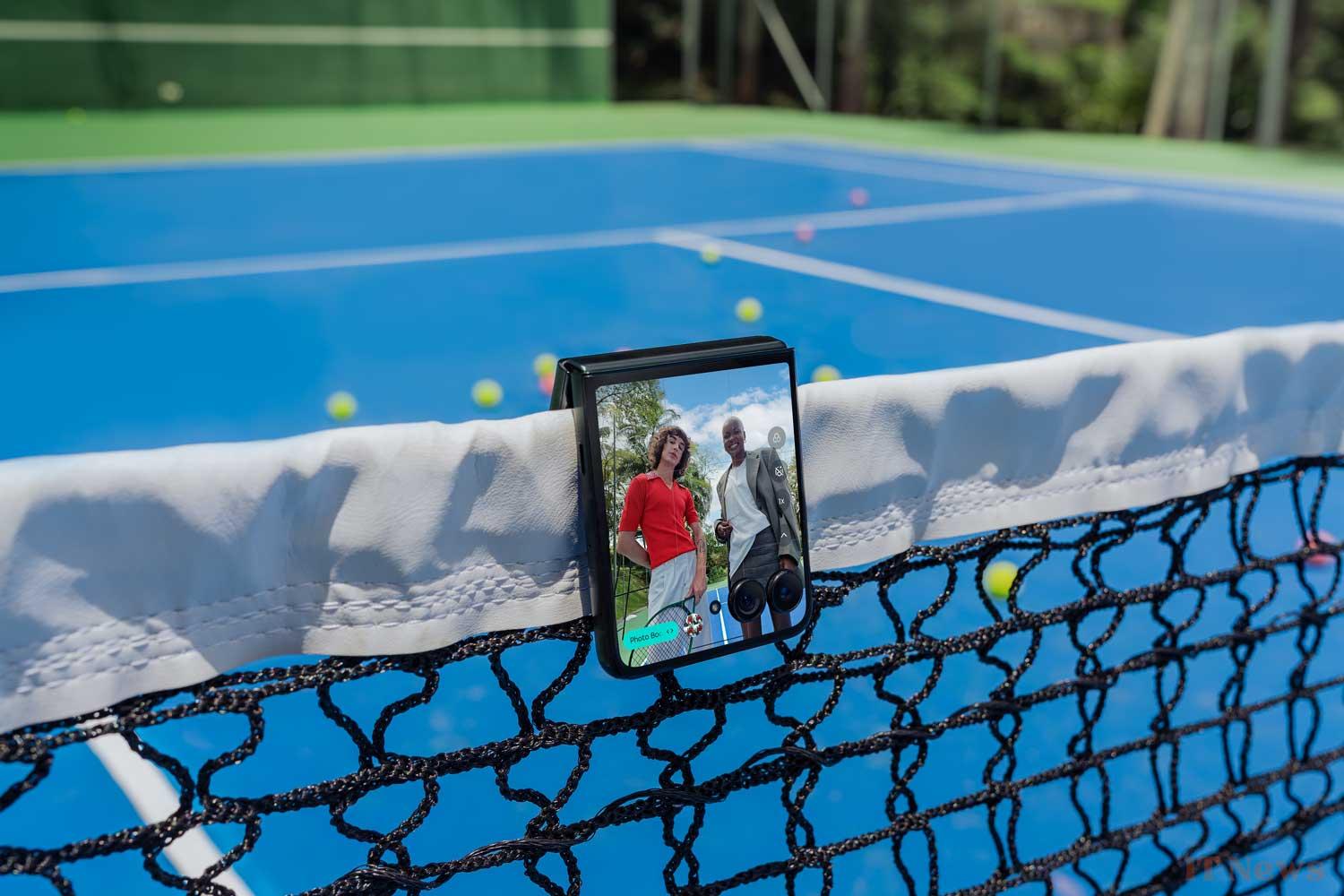
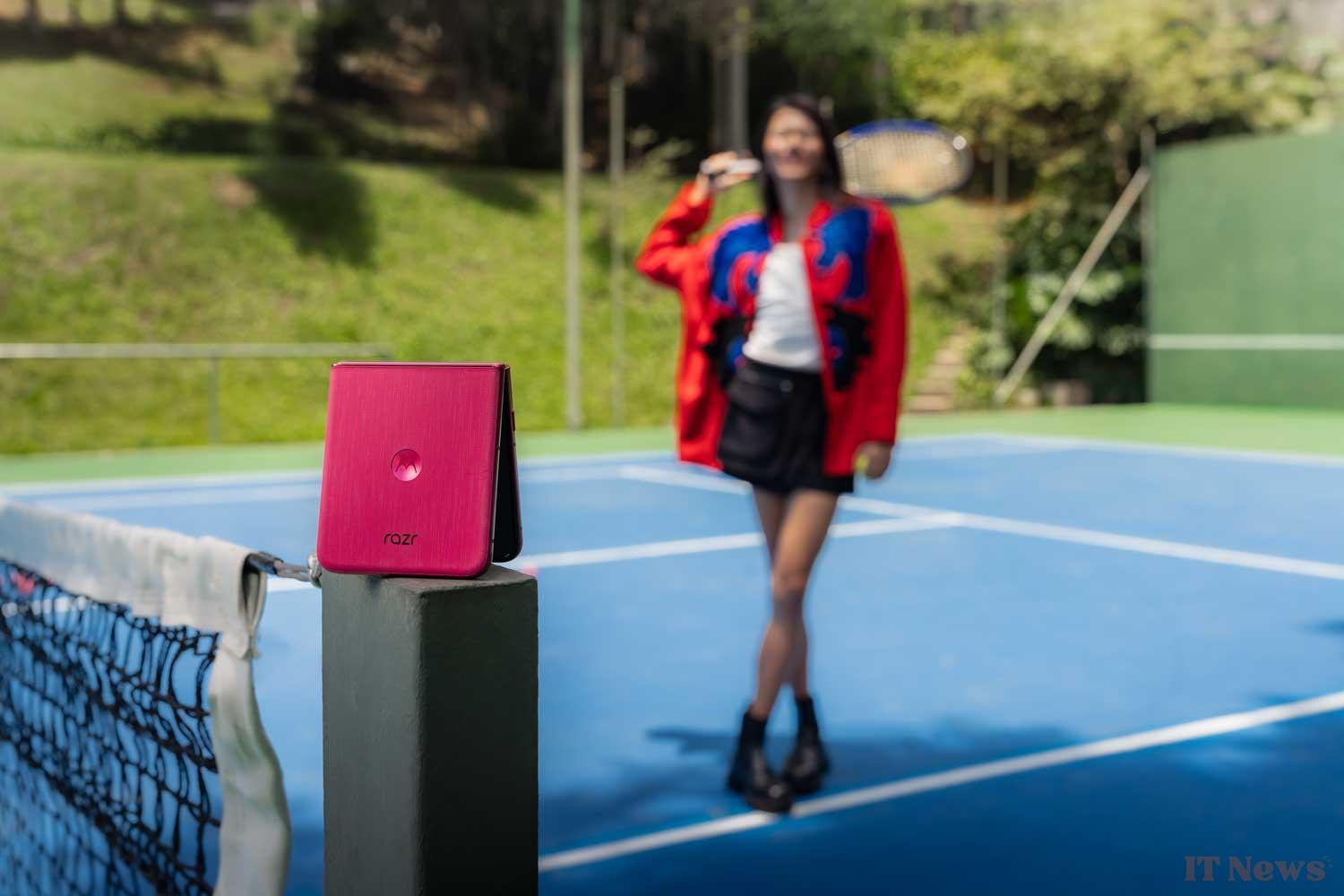
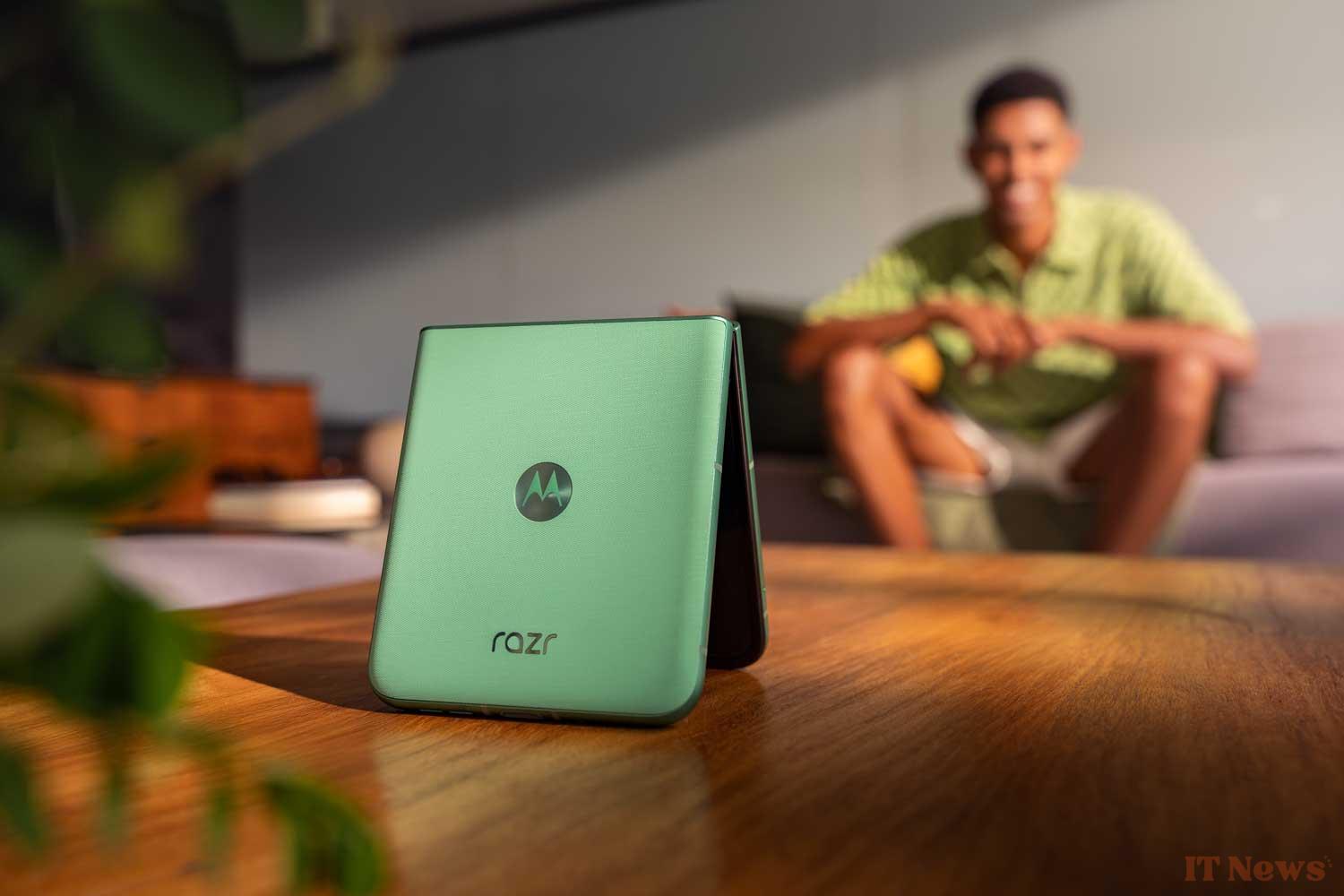
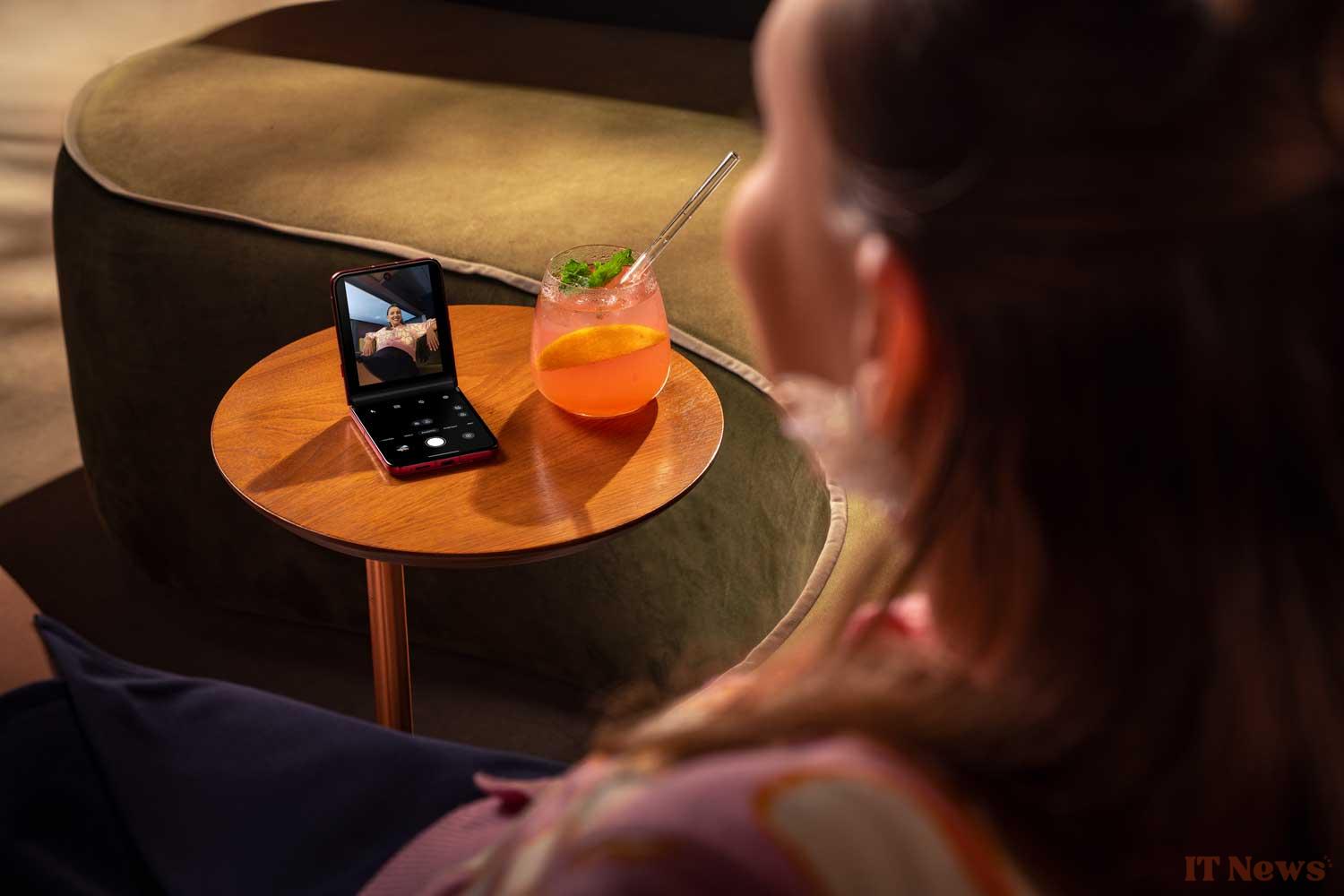

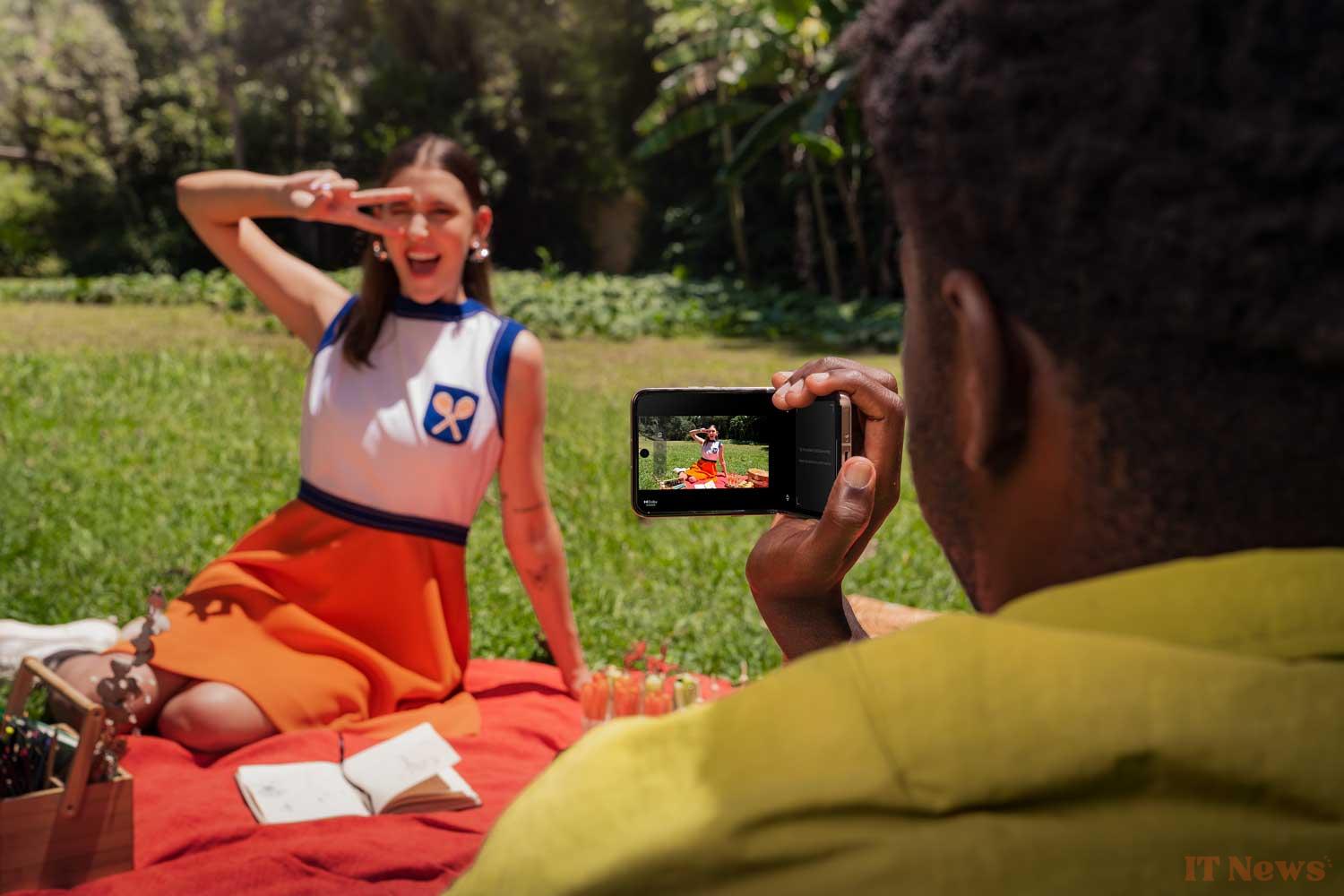

0 Comments